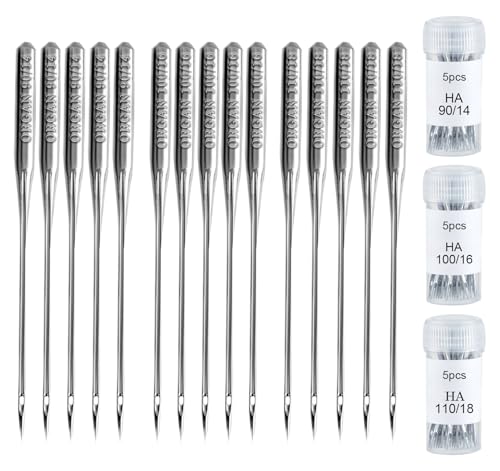Have you ever wondered if sewing needles sting? Well, you’re in the right place! In this article, we’ll explore the answer to this curious question. Whether you’re a seasoned seamstress or just starting out, understanding the potential sting of sewing needles is important. So, let’s dive in and find out if those tiny little tools can pack a painful punch!
When it comes to sewing, the thought of getting pricked by a needle can be a bit nerve-wracking. But fear not! We’re here to shed some light on the matter. While sewing needles can cause some discomfort, it’s important to note that the level of sting can vary. Factors such as needle size, material, and technique all come into play. So, if you’re curious about the potential sting of sewing needles, keep reading to discover what you need to know to stay safe and pain-free during your sewing adventures.
What is a Sewing Needle?
When it comes to sewing, embroidery, knitting, or any craft that involves textiles, the trusty sewing needle is an invaluable tool in your arsenal. A sewing needle is a thin, pointed instrument with a small eye at one end to thread the thread through. It’s used to join fabrics or materials together by creating stitches.
Sewing needles come in various shapes and sizes, each designed for specific tasks and materials. They can be made of different materials such as steel, aluminum, or even plastic. The most common types of sewing needles are hand-sewing needles and machine needles.
Hand-sewing needles are typically used for sewing by hand. They vary in length, thickness, and point style, each suited for different types of sewing projects. For example, a sharp-pointed needle is great for delicate fabrics, while a ball-point needle is ideal for knits and stretchy fabrics to prevent damage.
Machine needles, on the other hand, are specifically designed for sewing machines. They are either flat on one side or have a round shank to fit into the machine correctly. Machine needles also come in various sizes and types to accommodate different fabrics and stitch techniques.
Needle sizes are denoted by numbers, with the higher numbers indicating a larger needle. This numbering system applies to both hand-sewing needles and machine needles. For example, a size 9 needle is finer and thinner than a size 14 needle, which is thicker and sturdier.
Remember, not all sewing needles sting. The stinging sensation mostly depends on various factors, such as the needle’s sharpness, size, and the material you are sewing. By choosing the right needle for your materials and technique, you can minimize any discomfort or sting.
Now that you know what a sewing needle is, let’s dive deeper into the factors that can impact whether sewing needles sting or not.
Anatomy of a Sewing Needle
Sewing needles are an essential tool for any sewing enthusiast. Understanding the anatomy of a sewing needle can help you choose the right needle for your projects and minimize any discomfort or sting you may experience while sewing.
Here are the key components of a sewing needle:
- Point: This is the sharp end of the needle that pierces through the fabric. The point can vary in shape, such as sharp, ballpoint, or wedge, depending on the type of fabric you are working with. Choosing the correct point for your fabric is important to prevent unnecessary pain while sewing.
- Eye: The eye of a needle is the small hole at the opposite end of the point, through which the thread passes. The size of the eye is crucial, as it needs to accommodate the thickness of the thread you are using. A too-small eye can make threading difficult, while a too-large eye can cause the thread to slip out.
- Shaft: The shaft of a sewing needle is the long, cylindrical body that connects the point to the eye. It is important to note that the diameter of the shaft can vary, which affects the size of the needle. Thicker fabrics require a larger needle size, while thin fabrics need a smaller needle size.
- Material: Sewing needles can be made from different materials, such as stainless steel, nickel-plated steel, or titanium. Each material has its own benefits and can affect the sewing experience. For example, titanium needles are known for their durability and resistance to wear and tear.
Sharpness and Piercing Power
When it comes to sewing needles, sharpness is the name of the game. A sharp needle is essential for piercing through fabric with ease and minimizing discomfort. The point of the needle plays a crucial role in determining its piercing power.
Different Types of Needles:
- Universal needles: These needles have a slightly rounded point, making them versatile for various fabric types. They are a good starting point for most sewing projects.
- Ballpoint needles: Designed for knit fabrics, these needles have a rounded tip that slides between the fabric’s fibers instead of piercing them. This prevents damage to delicate knits and reduces the risk of stinging.
- Sharp needles: As their name suggests, these needles have a sharp, tapered point perfect for piercing tightly woven fabrics like cotton or linen. They provide excellent piercing power but may not be suitable for delicate fabrics.
It’s important to choose the right needle for your project to minimize any stinging sensation. Using a needle that’s too dull or too sharp for the fabric can lead to discomfort while sewing. Remember, a dull needle may drag, while an overly sharp needle can easily pierce through delicate fabrics, causing pain.
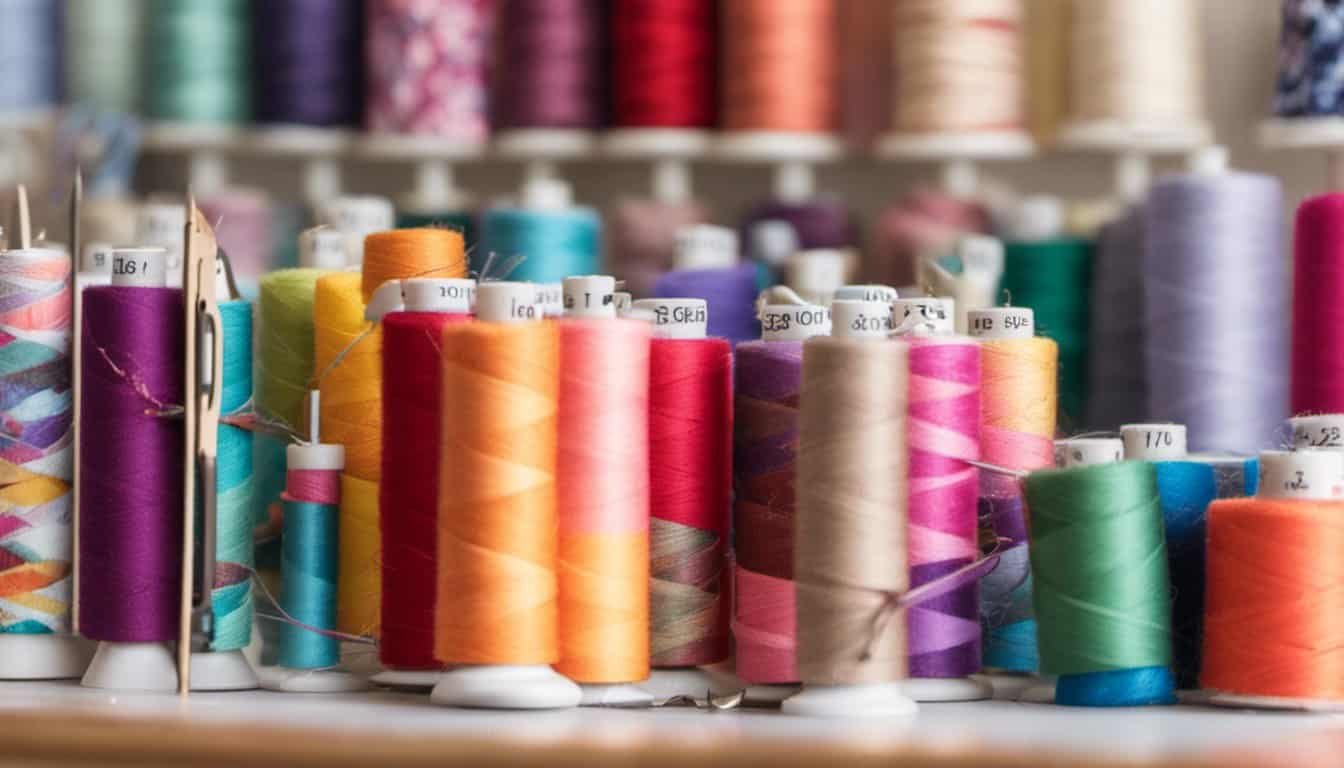
Factors Affecting Piercing Power:
- Needle size: The size of the needle can impact its piercing power. A smaller needle may struggle with thicker fabrics, while a larger one may cause damage to more delicate materials.
- Needle material: Needles come in various materials, including stainless steel, carbon steel, and titanium. While stainless steel needles are commonly used, some crafters prefer titanium needles for their sharpness and durability.
To ensure a comfortable sewing experience, make sure to change your needle regularly. A dull needle not only leads to inconsistent stitching but can also increase the chances of stinging. It’s recommended to replace your needle after every 8-10 hours of sewing or more frequently if you’re sewing with heavy fabrics.
Needle Size and Sting Sensation
When it comes to sewing, needle size plays a significant role in determining the sting sensation you may feel. The size of a needle refers to its diameter, and it is usually denoted by a number. The higher the number, the finer the needle.
Thinner needles, such as those with smaller numbers like 9 or 10, tend to cause less discomfort while sewing. These needles are ideal for lightweight fabrics like chiffon or silk. Since they have a smaller diameter, they create smaller holes, resulting in a milder sting sensation.
Conversely, thicker needles with larger numbers like 14 or 16 can cause a more noticeable sting. These needles are commonly used for heavy-duty fabrics like denim or canvas, as they are designed to withstand the pressure required to sew through dense materials. However, due to their larger diameter, they create larger holes in the fabric, which can result in a slightly more pronounced sting.
Discover the Foolproof Method for Finding Your Perfect Sewing Pattern Size – Never Make Fitting Mistakes Again »
It’s important to note that the sting sensation caused by needle size can also be influenced by your personal sensitivity. Some people may be more sensitive to needle pricks, while others may hardly notice them at all.
To minimize the sting sensation, it’s best to choose a needle size that is appropriate for the fabric you’re working with. If you’re unsure, experimenting with different needle sizes and fabrics can help you find the optimal combination that minimizes discomfort.
Remember, the choice of needle size is just one aspect of achieving a comfortable sewing experience. Considering factors such as the fabric type, thread thickness, and your sewing technique can also contribute to a more pleasurable sewing session.
Factors Affecting Needle Sting
When it comes to sewing, one question that often arises is, “Do sewing needles sting?” The answer is yes, but the level of sting can vary depending on several factors. Let’s explore these factors and understand how they can affect your sewing experience.
1. Needle Size
The size of the needle plays a significant role in determining the sting sensation while sewing. Thinner needles, such as those with lower size numbers, tend to cause less discomfort compared to larger needles. If you find yourself experiencing more pain, consider switching to a smaller size needle and see if that makes a difference.
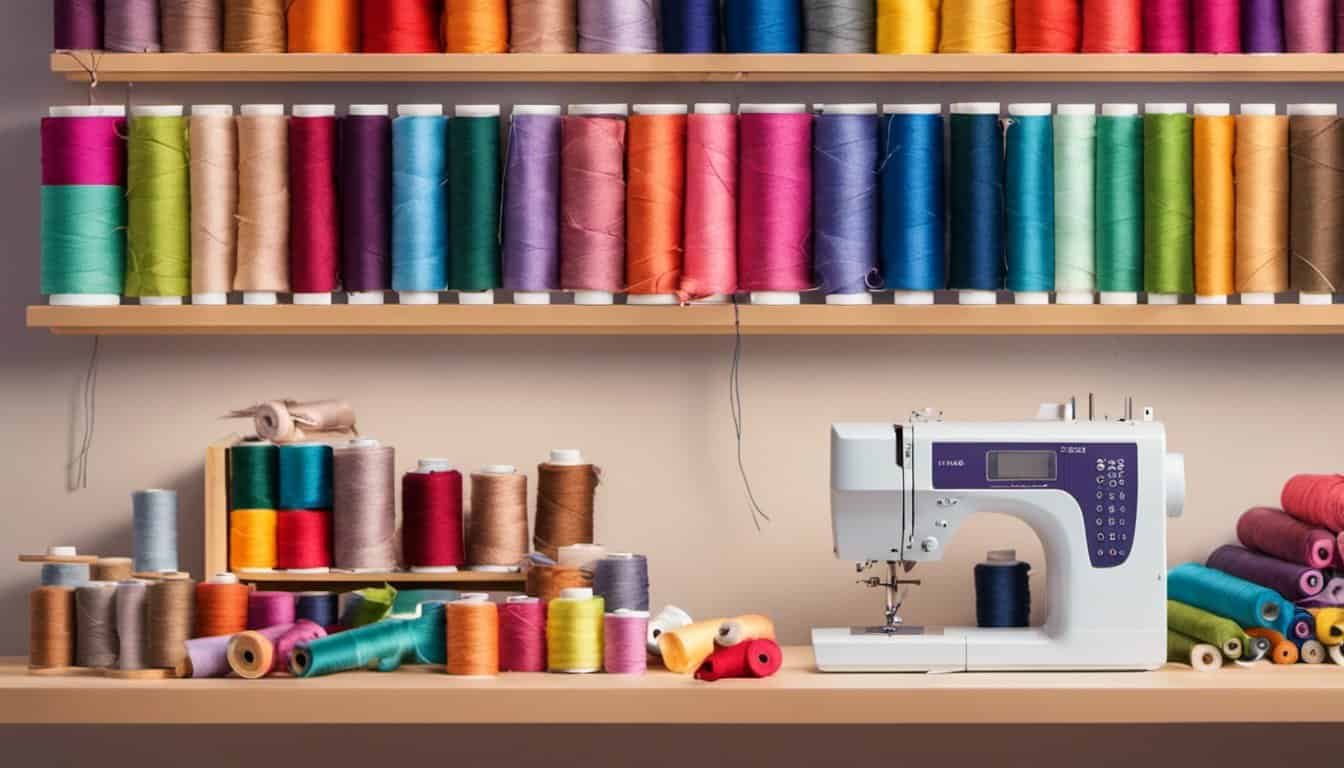
2. Material
The material of the needle can also impact the sting sensation. Needles made from different materials, such as stainless steel, nickel-plated steel, or titanium, can have varying levels of smoothness and sharpness. Choosing a needle with a smoother surface can help reduce the sting. Experiment with different needle materials to find what works best for you.
3. Fabric Type
The type of fabric you’re working with can greatly affect how much the needle stings. Certain fabrics, like delicate silks or lightweight knits, are more prone to needle damage and can cause a sharper sting. Thicker fabrics, like denim or canvas, may require a larger needle size, which can lead to a more noticeable sting. Consider using a ballpoint needle for knit fabrics to reduce the risk of piercing the fibers and minimize discomfort.
4. Personal Sensitivity
Individual sensitivity to needle pricks can also vary. Some people may have a higher pain tolerance, while others may be more sensitive. Take note of your own sensitivity level and adjust accordingly. If you find that a certain needle size or fabric combination consistently causes more discomfort, it may be worth exploring alternative options.
Remember, minimizing needle sting while sewing is all about finding the right combination of needle size, material, and fabric type. Don’t be afraid to experiment and try different options until you find your perfect match. By considering these factors and making adjustments as needed, you can create a more comfortable sewing experience for yourself.
Common Needle Sting Locations
When it comes to sewing, needle stings can sometimes be an unavoidable part of the process. Whether you’re an expert seamstress or just starting out on your crafting journey, it’s important to be aware of the common needle sting locations. By understanding where these stings often occur, you can take steps to minimize their impact and make your sewing experience more comfortable.
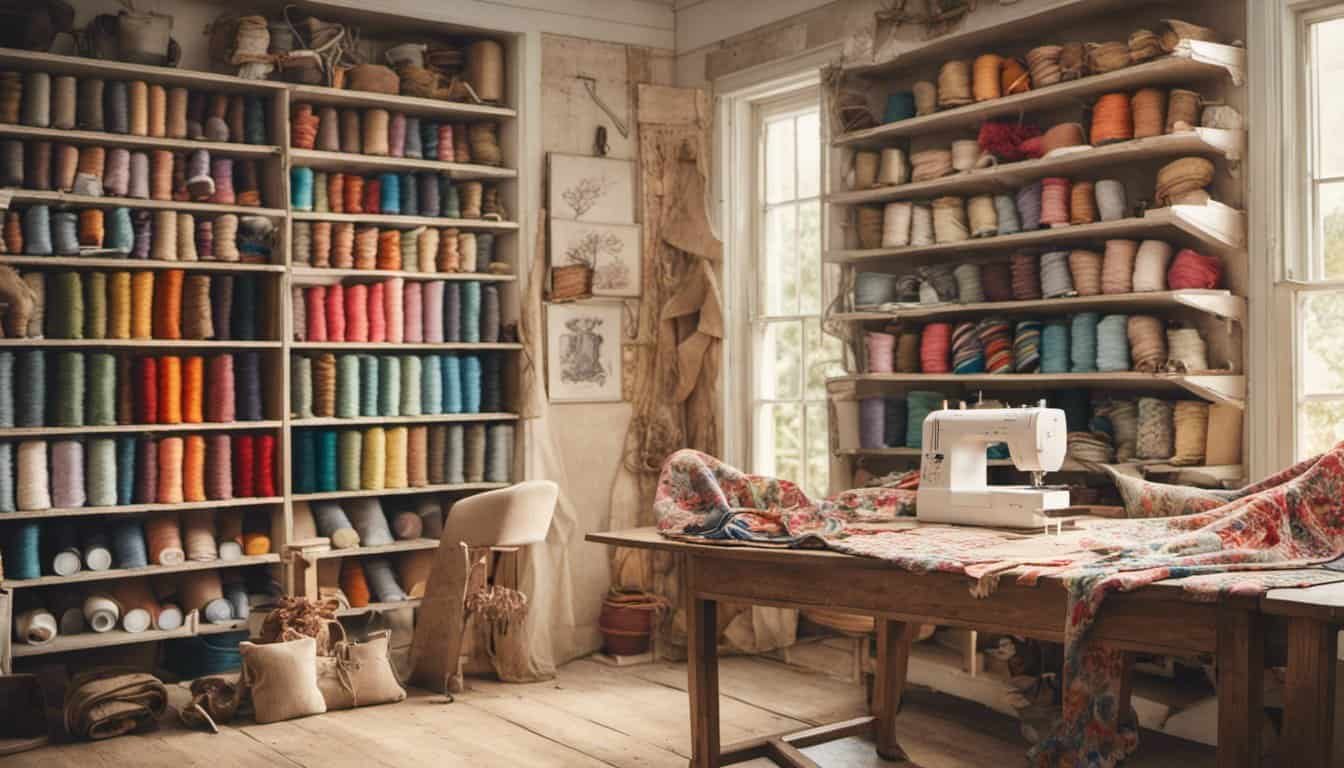
Here are some of the most common areas where needle stings tend to happen:
- Fingertips: Sewing involves a lot of intricate handwork, and our fingertips often end up bearing the brunt of needle stings. This is especially true when we’re working on projects that require a tight grip on the fabric, such as embroidery or quilting. To protect your fingertips, consider using thimbles or finger guards made of plastic or leather. These can provide a barrier between the needle and your skin, minimizing the sting.
- Thumb: The thumb is another vulnerable area that can experience needle stings, particularly when we’re pushing the needle through layers of fabric or thick materials. To prevent stings on your thumb, try using a thimble that covers both the fingertip and the thumb. This will provide added protection and distribute the pressure more evenly.
- Palm: Although not as common as fingertip or thumb stings, needle stings on the palm can still occur, especially when working with larger pieces of fabric or when using a lot of force. To reduce the chance of stings on your palm, you can try using a thimble that covers a larger portion of your hand. These types of thimbles often have padding on the inside, providing extra cushioning and protection.
- Forearm: Another area that can be susceptible to needle stings is the forearm. This is especially true when you’re sewing for extended periods or working on larger projects that require repetitive and forceful movements. To protect your forearm, you can wear an arm guard made of leather or a material that offers a similar level of protection.
Tips to Minimize Needle Sting
When it comes to sewing, embroidery, knitting, or any crafting activity that involves the use of needles, we understand that the occasional sting can be a real discomfort. Thankfully, there are some helpful tips and tricks you can try to minimize the unpleasant sensation and make your sewing experience much more enjoyable. Take a look at the following suggestions:
1. Needle Selection: Choosing the right needle for your project can make a significant difference in reducing the sting sensation. Opt for needles with a sharp point and smooth finish. Needles with a tapered tip can also help to minimize the sting.
2. Thimbles: Thimbles are a tried and true solution to protect your fingertips from needle stings. Available in various materials such as metal, leather, and silicone, thimbles can provide a barrier between your skin and the needle, preventing direct contact and reducing the sting.
3. Finger Guards: Finger guards are another great option to minimize needle sting. These protective devices are designed to slip over your finger and provide a cushioned layer of protection. Look for finger guards made from materials like silicone or rubber for maximum comfort.
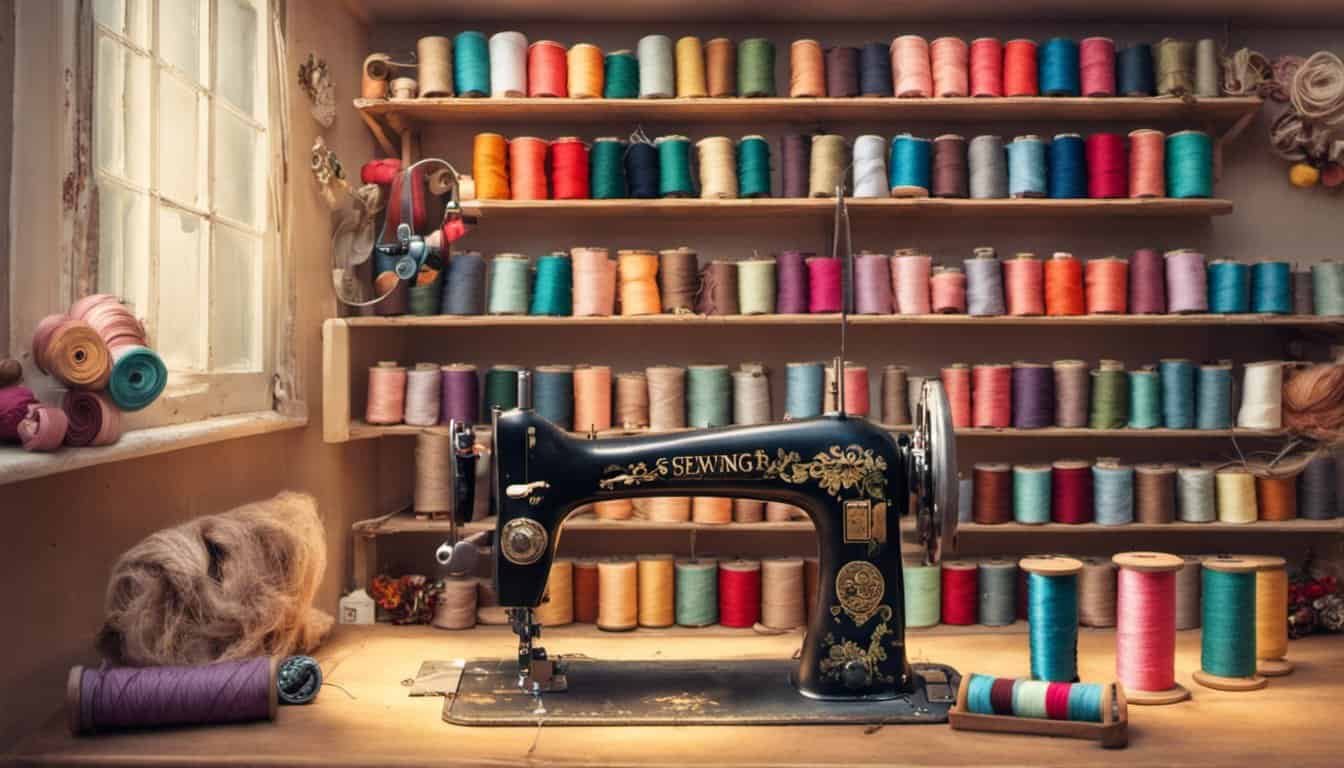
4. Arm Guards: If you often experience needle stings on your forearm or palm, consider using an arm guard. These handy accessories are worn on the arm and provide a protective layer between the needle and your skin. Arm guards are available in various sizes and materials, so you can choose the one that fits your needs.
5. Practice Makes Perfect: One of the best ways to reduce needle sting is simply to practice and improve your technique. With time and practice, you’ll develop a steady hand and a better understanding of how to handle the needle effectively. This will ultimately reduce the likelihood of experiencing stings.
Conclusion
By following the tips mentioned in this article, you can minimize the sting sensation while sewing. Remember to choose a needle with a sharp point and smooth finish to ensure smooth stitching without unnecessary pricks. Additionally, using thimbles or finger guards can provide an extra layer of protection for your fingertips, reducing the chances of getting stung. If you often experience stings on your forearm or palm, consider using arm guards to shield those areas. Lastly, practice makes perfect! By honing your sewing technique, you can improve your accuracy and reduce the likelihood of stings. So, don’t let the fear of needle stings discourage you from pursuing your sewing projects. With these tips, you’ll be able to sew comfortably and enjoy the process without any unnecessary discomfort. Happy sewing!







